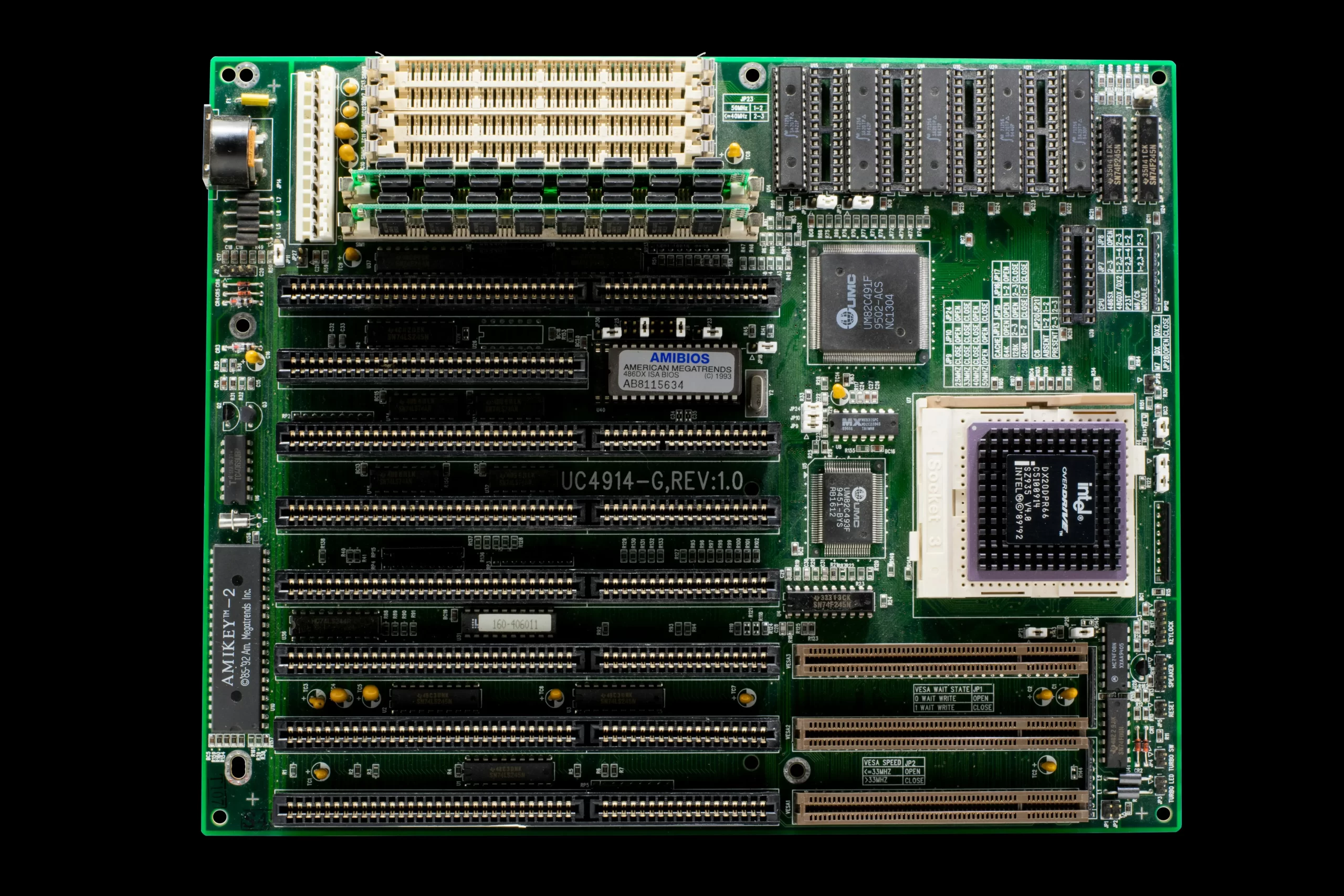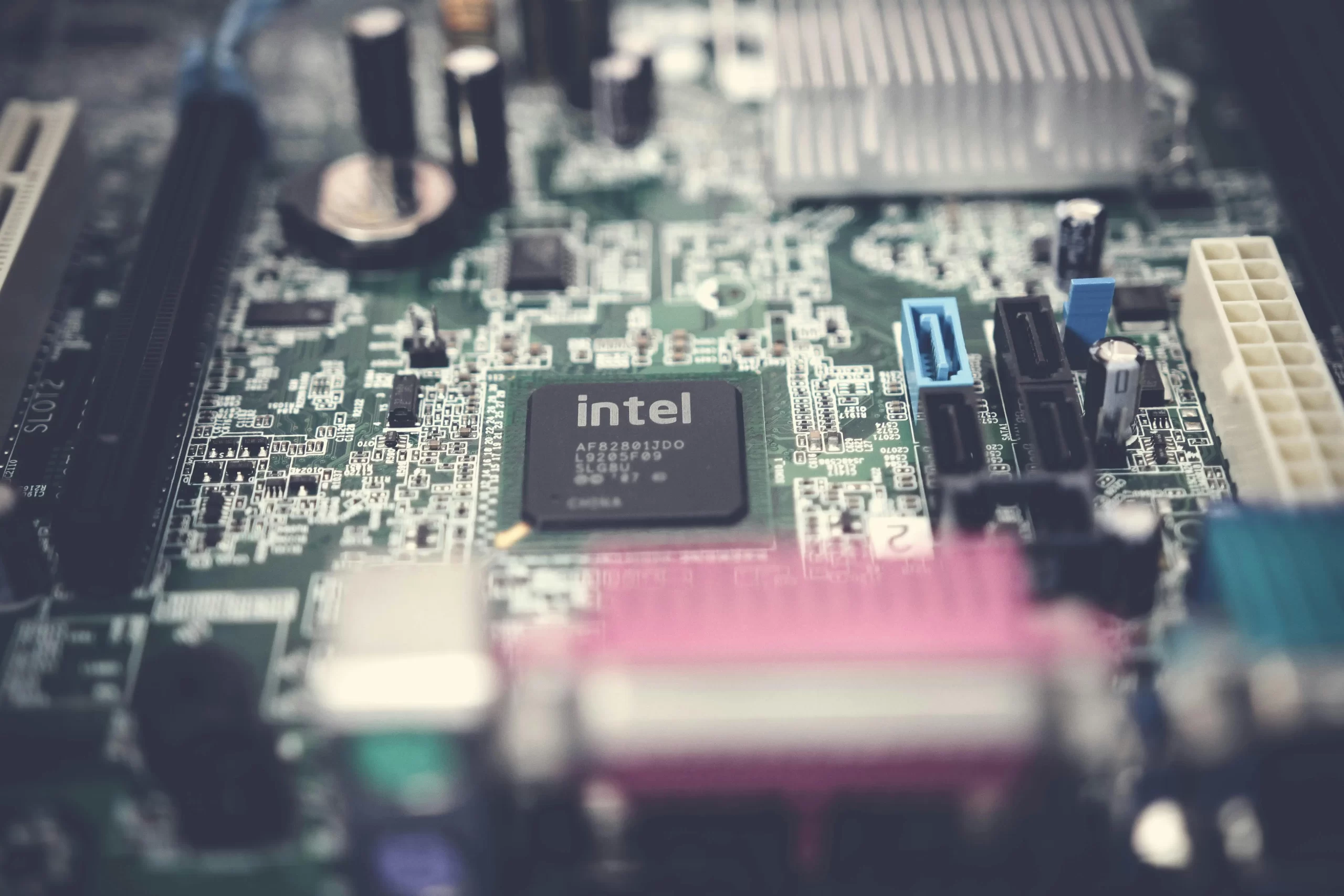Case Studies
Intel’s Strategic Execution: How OKRs Transformed a Tech Giant

Intel, one of the world’s most influential technology companies, transformed its business operations and innovation capabilities through Objectives and Key Results (OKRs). This goal-setting framework enabled Intel to align teams, prioritize execution, and maintain its competitive edge in the fast-evolving semiconductor industry.
Andy Grove, former Intel CEO, once said, “Only the paranoid survive.” This philosophy shaped Intel’s data-driven execution model, ensuring that every strategic decision was measurable, results-driven, and aligned with company-wide goals.
How OKRs Helped Intel Scale Innovation & Efficiency
Intel’s adoption of OKRs ensured that teams focused on high-impact goals, measured outcomes accurately, and maintained agility in execution.
- Outcome-Driven Execution – Teams set ambitious yet measurable goals aligned with Intel’s broader vision.
- Transparency & Alignment – OKRs provided visibility across departments, ensuring seamless collaboration.
- Data-Backed Decision Making – Metrics-driven approach ensured that every decision was based on performance insights.
- Agile Iteration & Learning – OKRs encouraged continuous learning and refinement based on market dynamics.
Example: When Intel shifted from memory chips to microprocessors, OKRs helped define clear execution goals, enabling the company to dominate the semiconductor market.
Key Performance Indicators (KPIs) Behind Intel’s OKR Success
Intel leverages real-time performance tracking through KPIs to ensure its OKR-driven execution remains impactful.
- Product Development Cycle Time – Measures efficiency in launching new semiconductor technologies.
- Market Share Growth – Tracks Intel’s position relative to competitors like AMD and NVIDIA.
- Revenue from New Innovations – Evaluates the success of new processor launches and adjacent technology bets.
- Operational Efficiency Metrics – Assesses cost reductions and productivity improvements from OKR-driven execution.
- Employee Performance Alignment – Ensures teams focus on strategic goals through OKR adoption.
Example: Intel’s launch of the Pentium processor series was driven by OKRs that focused on market penetration, technical excellence, and manufacturing efficiency.

Gamification & Employee Engagement Through OKRs
Intel integrated gamification elements into its OKR-driven strategy to enhance employee engagement and accountability.
- Quarterly OKR Reviews – Employees track progress through internal dashboards, fostering ownership.
- Recognition & Incentives – High achievers receive performance-based rewards and leadership recognition.
- Innovation Challenges – Teams compete to develop breakthrough solutions tied to strategic OKRs.
- Transparent Goal-Setting – Open sharing of OKRs ensures alignment and cross-functional collaboration.
Example: Intel’s Innovation Hackathons allow teams to experiment with emerging technologies while aligning with OKRs that drive future growth.
Applying the Total Football Framework (TFT) to Intel’s Execution Strategy
Intel’s adaptive, goal-oriented execution model mirrors the Total Football Teams (TFT) Framework, which prioritizes strategic flexibility, teamwork, and iterative learning.
- Dynamic Role Execution – Just as TFT players switch positions to optimize gameplay, Intel’s teams adjust responsibilities based on shifting technological priorities and market demands.
- Real-Time Decision Making – TFT’s in-game adaptability mirrors Intel’s OKR-driven approach to making real-time strategic adjustments.
- Cross-Functional Collaboration – TFT’s team synergy aligns with Intel’s open OKR structure, where different teams coordinate efforts seamlessly.
- Iterative Improvement & Learning – Like TFT’s continuous tactical evolution, Intel refines its product roadmap through ongoing OKR reviews and performance tracking.
Example: If Intel integrates AI-driven OKR tracking, it could further enhance team agility and performance alignment, optimizing workforce productivity by 20-30%.
The Future of Intel’s OKR-Driven Strategy
Intel continues to refine its OKR model to support future technological advancements and market leadership:
- AI-Driven Semiconductor Innovation – Leveraging artificial intelligence to optimize chip design and manufacturing.
- Sustainability & Energy Efficiency – Setting OKRs to develop eco-friendly processors with reduced energy consumption.
- 5G & Edge Computing Expansion – Prioritizing investments in next-gen network technologies.
- Strategic Talent Development – Implementing OKRs that align employee skill growth with Intel’s innovation roadmap.
Example: Intel’s 2030 RISE Strategy includes OKRs that focus on advancing sustainability, diversity, and next-gen computing breakthroughs.
Final Takeaways: Why Intel’s OKR Model Works
Intel’s strategic execution through OKRs has enabled it to maintain leadership in an industry where speed and precision define success.
- OKRs provide clarity, focus, and measurable progress tracking.
- KPIs ensure strategic goals align with business impact and growth.
- Gamification enhances employee engagement and goal accountability.
- TFT-style adaptability enables Intel to pivot in response to emerging industry trends.
Intel isn’t just building processors—it’s engineering the future of computing through data-driven strategic execution. The question is: How can other enterprises integrate OKRs to drive agility and innovation?
